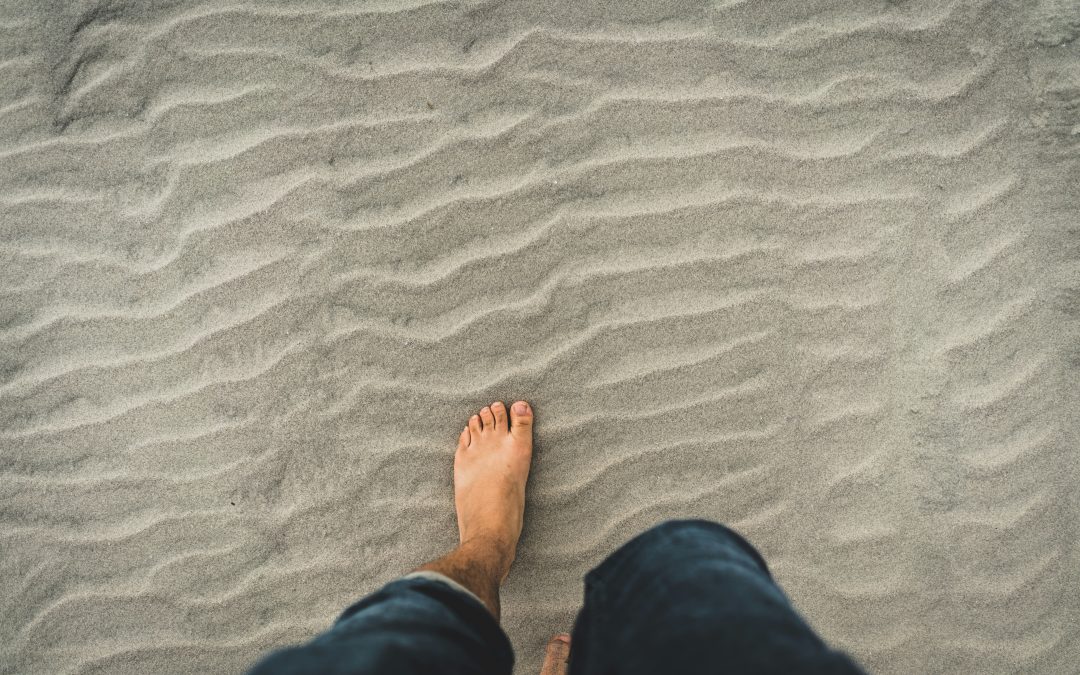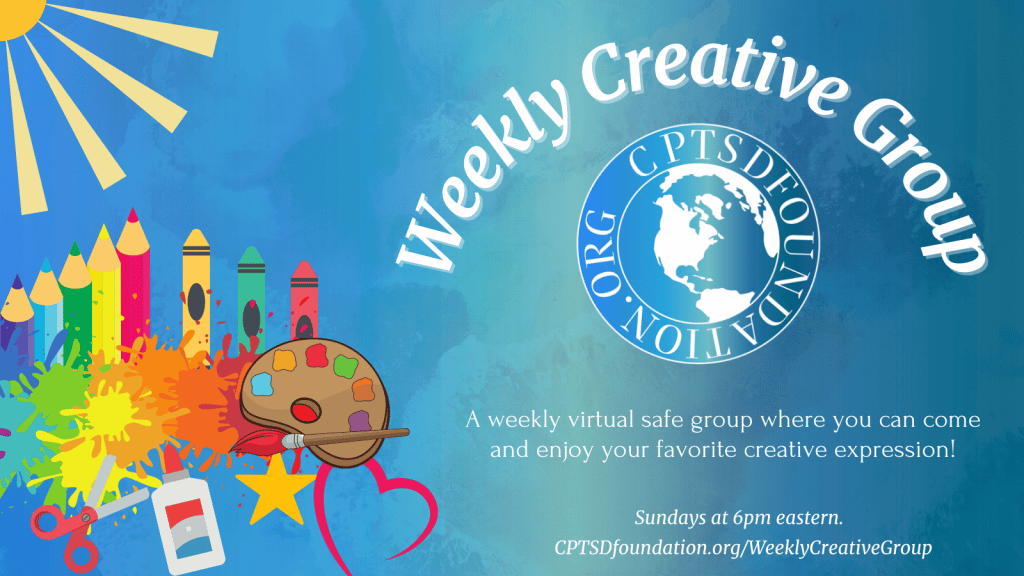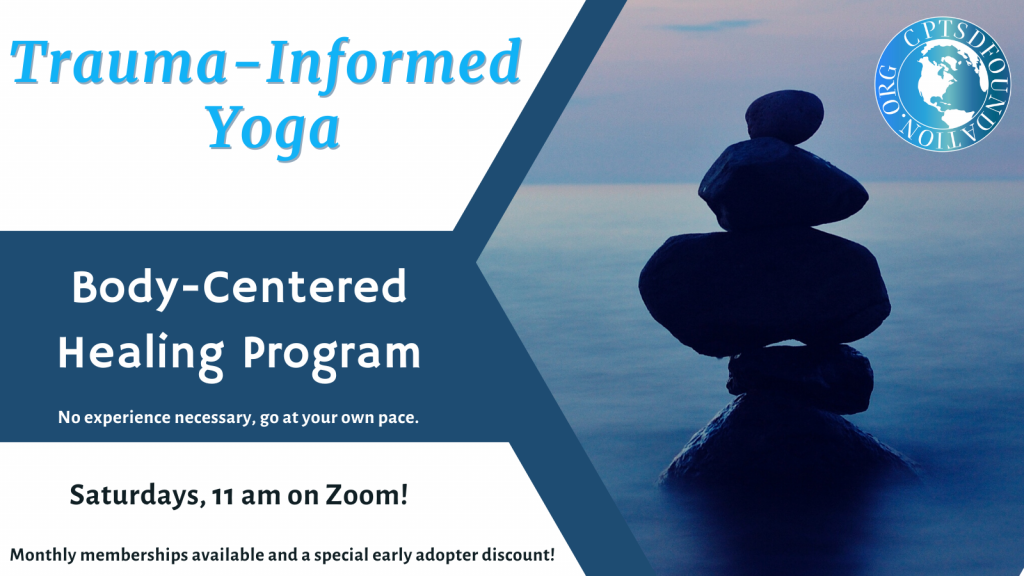My Struggle with Disconnection
In October 2023, I was diagnosed with severe borderline personality disorder (BPD), which can be linked to complex trauma (CPTSD). For most people, getting diagnosed with a mental health disorder can be scary. But it offered me a moment of clarity. It was as if everything I struggled with finally made sense.
I realized why I felt so disconnected from myself, the world, and others, especially in times of high stress. Borderline personality disorder is linked to emotional trauma, which left me feeling disconnected from my body. I struggled with dissociation, emptiness, and emotional dysregulation. There were times when I lacked empathy or passion. My feelings often felt like they were “stuck” in survival mode. Either I acted out impulsively, or I felt apathetic.
My diagnosis was a light bulb moment. Over the years, therapists and counselors misdiagnosed me with mild depression and generalized anxiety. When I got diagnosed with BPD and complex trauma, I realized that I needed to reconnect with my body. To feel whole, I needed to feel at home with myself again. I was desperate to find ways to heal emotionally. In my healing journey, I came across grounding techniques.
The Importance of Grounding for Trauma Survivors
It was through Dialectical Behavioral Therapy (DBT) that I learned about grounding. This practice can help you get out of your mind and back into your body. Through grounding, you’ll learn how to escape your unwanted thoughts, feelings, emotions, or memories in a safe and healthy manner. From there, you’ll ground yourself in the present moment. These techniques can be helpful for individuals with BPD and CPTSD.
Grounding is beneficial for those who suffer from anxiety or panic attacks associated with traumatic episodes. These techniques regulate the nervous system and make you feel safe within your body. You can use grounding techniques to escape overwhelming and distressing feelings anytime. They can be beneficial for those who struggle with the following:
- anxiety
- depression
- dissociation
- impulsive feelings
- mood
- stress
There are three types of grounding techniques for complex trauma:
- Mental grounding: Mindfulness exercises like body scan, breath awareness, and nature grounding.
- Physical grounding: Simply going for a walk or focusing on your five senses can help you become more aware of your surroundings.
- Soothing grounding: Notice the feelings in your body; listen to your breath and the sounds around you.
Technique 1: Somatic Shaking
The first time I heard about somatic shaking was on an episode of the Back from the Borderline podcast. This grounding technique involves shaking certain body parts to release stored energy or tension. It can be powerful for relieving stress and trauma, which gets stored in the body.
You might have heard the saying, “The body keeps the score,” dubbed by Bessel Van Der Kolk, M.D. Some experts recommend somatic shaking for five to 10 minutes per time. But you can do it for two to five minutes if you prefer. There are many different types of somatic shaking techniques. But here’s one way to do it every morning after waking up:
- Warm up or exercise beforehand.
- Gently shake your wrists and hands.
- Notice how your breath feels.
- Continue shaking for two to five minutes.
At first, you might feel silly doing somatic shaking. But it’s not about how you look. It’s about how you feel afterward. I shake my entire body, which makes me look like Napoleon Dynamite trying to dance. But I feel much better. The built-up tension and energy leave my body. You can also do it as often as you want throughout the day.
Technique 2: Mindfulness for Embodiment
Mindfulness is a concept I learned years ago, long before I was diagnosed with BPD. At the time, I was learning concepts from Cognitive Behavioral Therapy (CBT), some of which still help me to this day. Of course, as with all therapies, you should take what works and leave the rest.
Mindfulness allowed me to become more aware of my body. I no longer had to live in fear or fight-or-flight mode. For most of my life, I’ve felt uncomfortable about being in my body. I got used to being disconnected. Thanks to mindfulness, I could live in the present moment without fear.
It involves embodiment practices that help cultivate self-awareness, connection, self-regulation, and balance. Mindfulness is not just a mental practice. It’s a way of life. Embodied mindfulness practices allow you to release negative emotions and heal from trauma or unresolved issues.
Common mindfulness exercises include body scanning, deep breathing, and thought clouds. With continued practice, you’ll clear your mind and become more centered. Here are some simple ways to incorporate mindfulness into your daily life:
- Start by practicing with a guided meditation or breathing exercise.
- Journal your gratitude list or your negative thoughts or feelings.
- Incorporate meditation or yoga into your morning routine.
- Practice one mind in daily practice.
- Mindfully eat a meal or engage in a conversation.
Technique 3: The Five Deep Breaths Technique
Each morning, after I meditate, I practice the Five Deep Breaths Practice from the Whole Being Institute. This is a revolutionary take on the “Three Deep Breaths” technique by martial arts expert Thomas Crum. This practice was extended to five deep breaths. However, you’re free to make it all your own. Modify this practice to make it work for you.
Here are the guidelines for this practice:
- Take your first deep breath and breathe out.
- Take your second breath and express what you’re grateful for. (Example: “I’m grateful for the sunshine,” or “I’m grateful for my health.”)
- Take a third deep breath and focus on how you want to show up today. (Example: “Today I will be mindful,” or “Today I will be peaceful.”)
- Take a fourth deep breath and consider how you want to portray your ideal self. Who or what do you want to be? (Example: “I am a mindful individual who lives in the present moment.”
- Take a fifth and final deep breath in and out to finish.
How do you feel? I love using this technique every morning. It makes me feel better than I do when I first wake up. Not only does it relieve anxiety, but it also heals trauma, depression, and emotional distress. It can also help you focus and maintain your moods. I would consider trying this technique once a day, at least in the mornings.
How These Techniques Changed My Healing Journey
Grounding transformed my relationship with my body. It allowed me to reconnect with myself and become whole again. But it’s only a part of the healing process. Healing itself is a journey. As always, start where you are. Only choose one or two practices to start with. Stick to what works and disregard the rest.
Conclusion
Remember, reconnecting with your body can take time. It’s okay if you need to go at your own pace. Healing is a race, not a sprint. There’s no need to cross the finish line. It’s a journey that you make all your own.
You’re not alone in your journey. I have struggled like you and found freedom through these practices. You can always come back home to yourself. Have you tried any of the techniques? Share your experience in the comment section below.
Photo by Clint McKoy on Unsplash
Guest Post Disclaimer: Any and all information shared in this guest blog post is intended for educational and informational purposes only. Nothing in this blog post, nor any content on CPTSDfoundation.org, is a supplement for or supersedes the relationship and direction of your medical or mental health providers. Thoughts, ideas, or opinions expressed by the writer of this guest blog post do not necessarily reflect those of CPTSD Foundation. For more information, see our Privacy Policy and Full Disclaimer.
Chanel is the creator and founder of The Borderline Crisis, a blog that has shifted the conversation around emotional and spiritual suffering. Readers can transform their lives, rewrite their stories, and rewire their minds. Chanel uses her personal experience and stories to help guide others on healing and transformation. She uses her experience with trauma-informed care, mindfulness, Jungian psychology, spirituality, and philosophy. Her goal is to remove the limitations of the rigid mental health structure to reclaim themselves in a noisy and angsty world.




